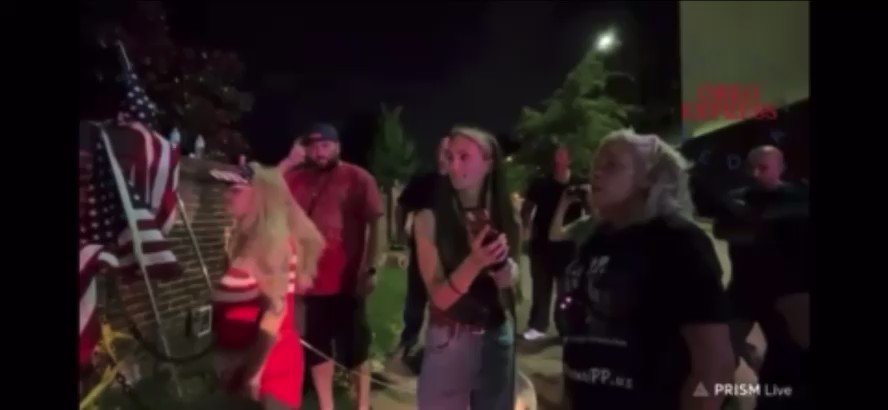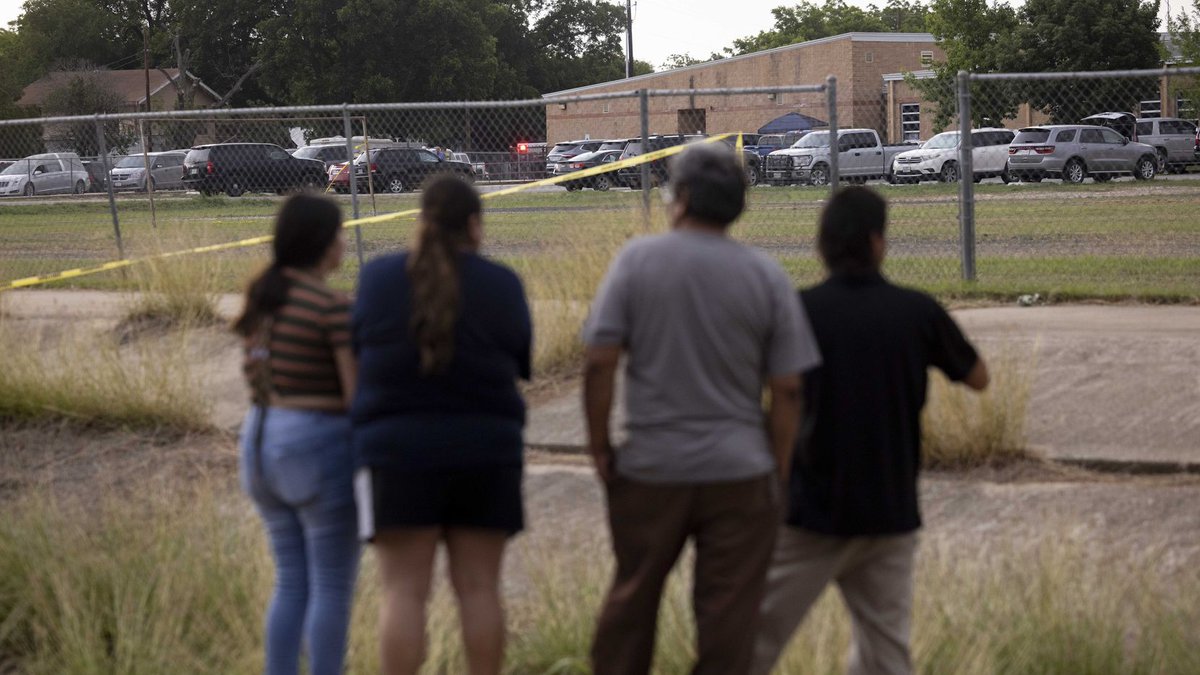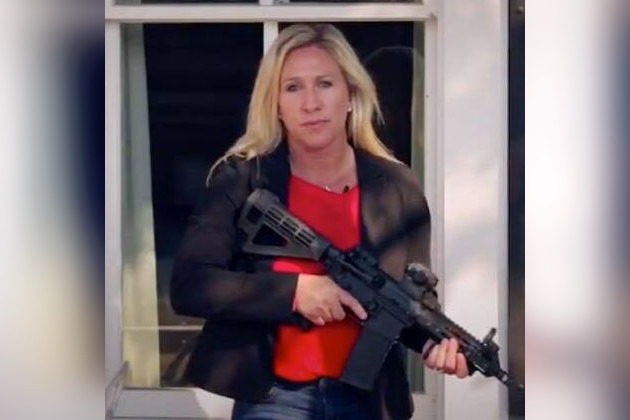Categories Category pdfmakerapp grab this readwiseio save thread threader compile summarize
Marjorie Taylor Greene believes generating electricity from \u201cwind turbines and solar panels\u201d will result in the loss of air conditioning and home appliances.
— PatriotTakes \U0001f1fa\U0001f1f8 (@patriottakes) August 13, 2022
Greene: \u201cI like the lights on. I want to stay up later at night. I don\u2019t want to have to go to bed when the sun sets.\u201d pic.twitter.com/qKoqcoiR3M
It\u2019s worth repeating. A mom drove there. Got handcuffed. Got out of handcuffs. Hopped a fence. Went inside the school and walked out with her two kids. All while 19 officers waited outside the classroom where the gunman was. #UvaldePolice #Uvalde
— Jessica McMaster (@JessMcMasterKC) May 27, 2022
Transmission is messy, and there is no single mode that pathogens employ to invade a body. Indeed, modes can change.
Plague provides a great example of this: it occurs in multiple forms, depending on transmission route. 1/13

All are caused by the bacterium Yersenia pestis
Bubonic plague occurs when infected fleas bite a person, or the bacteria enter through a break in the skin. Infection causes characteristic "buboes"
Preventative strategy would be flea and rat control. 2/13 https://t.co/xR5gdRuK53

Plague can become more widespread via the bloodstream, causing septicemic plague. This leads to black areas of necrosis in the body, hence the term, "Black Death."
As long as it doesn't get to the lungs, prevention is the same as previous - flea and rodent control. 3/13

However if the bacteria set up infection in the lungs, they can now exit the body via respiratory aerosols
This is now pneumonic plague, a highly contagious form of the disease, transmissible by air, with an incubation period of only 1-3 days & 100% fatal without treatment. 4/13

The infection control measures of flea and rodent control are ineffective against pneumonic plague -- isolation and treatment of cases, airborne precautions, and prophylactic treatment and monitoring of exposed individuals are needed. 5/13
First, some background. Reporters and editors are constantly making choices about who to speak with to get story ideas about what to cover, who to interview to describe a problem, who to interview to tell us about the universe of potential solutions.
Importantly, sources ultimately quoted in an article often played a vital role behind the scenes. Many people don’t realize that the people quoted in articles explaining what happened and what could be done about it are often the same people who brought the story to the reporter.
In this process, many reporters rely on police and allies (prosecutors, pro-police officials, punishment bureaucrats, consultants, and corporate profiteers) to decide which stories to cover and to tell us "the facts." But when you look across articles, the pattern is striking:
Let's take a look at a few examples from the New York Times. Here's one about "perceptions" of rising crime:
What do you notice?
— Alec Karakatsanis (@equalityAlec) April 8, 2022
\u201cPolice officials.\u201d
Commissioner
Commissioner
Commissioner
Professor
\u201cthe Police department\u201d
\u201cthe police department\u201d
\u201cofficials\u201d
Chief of detectives































